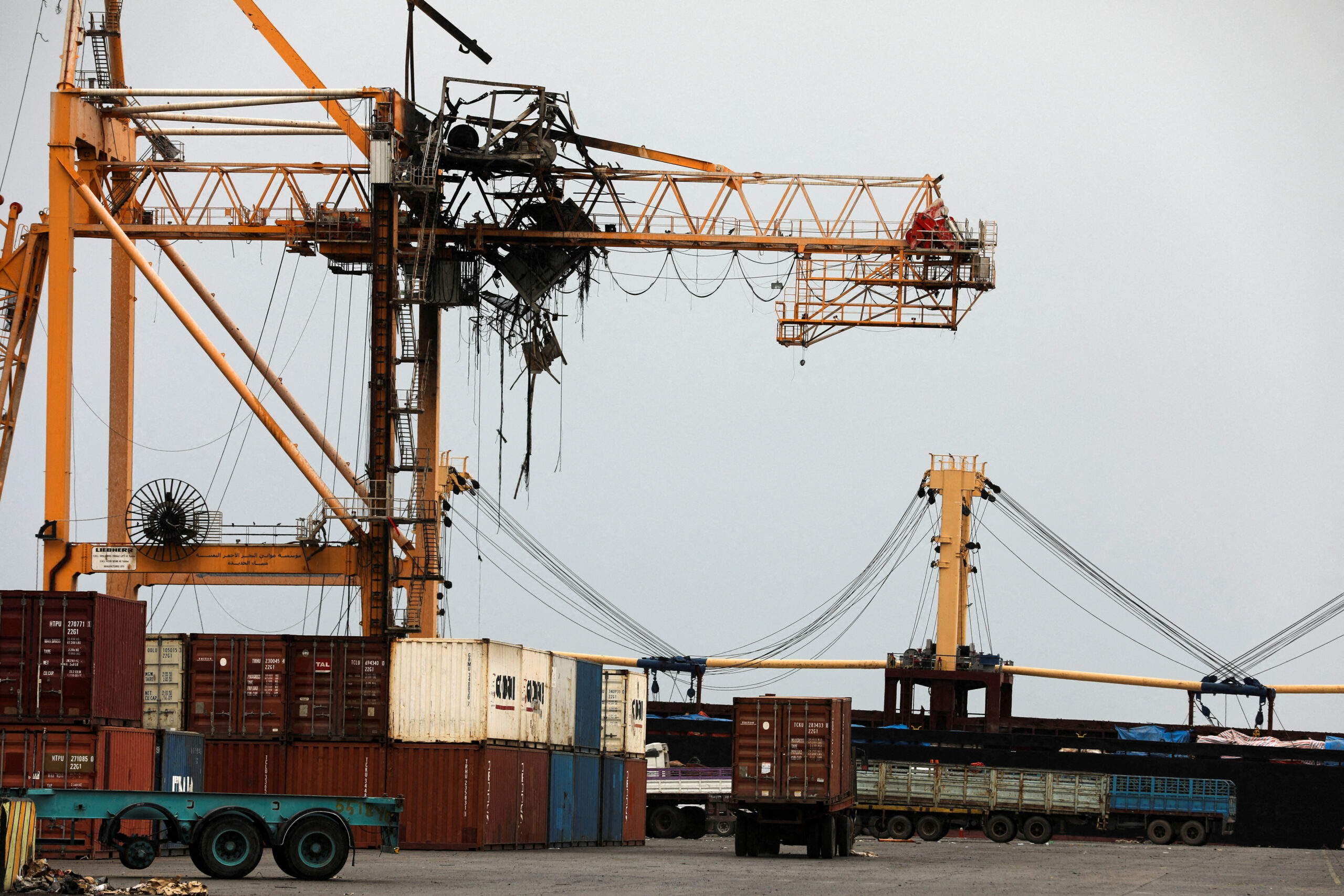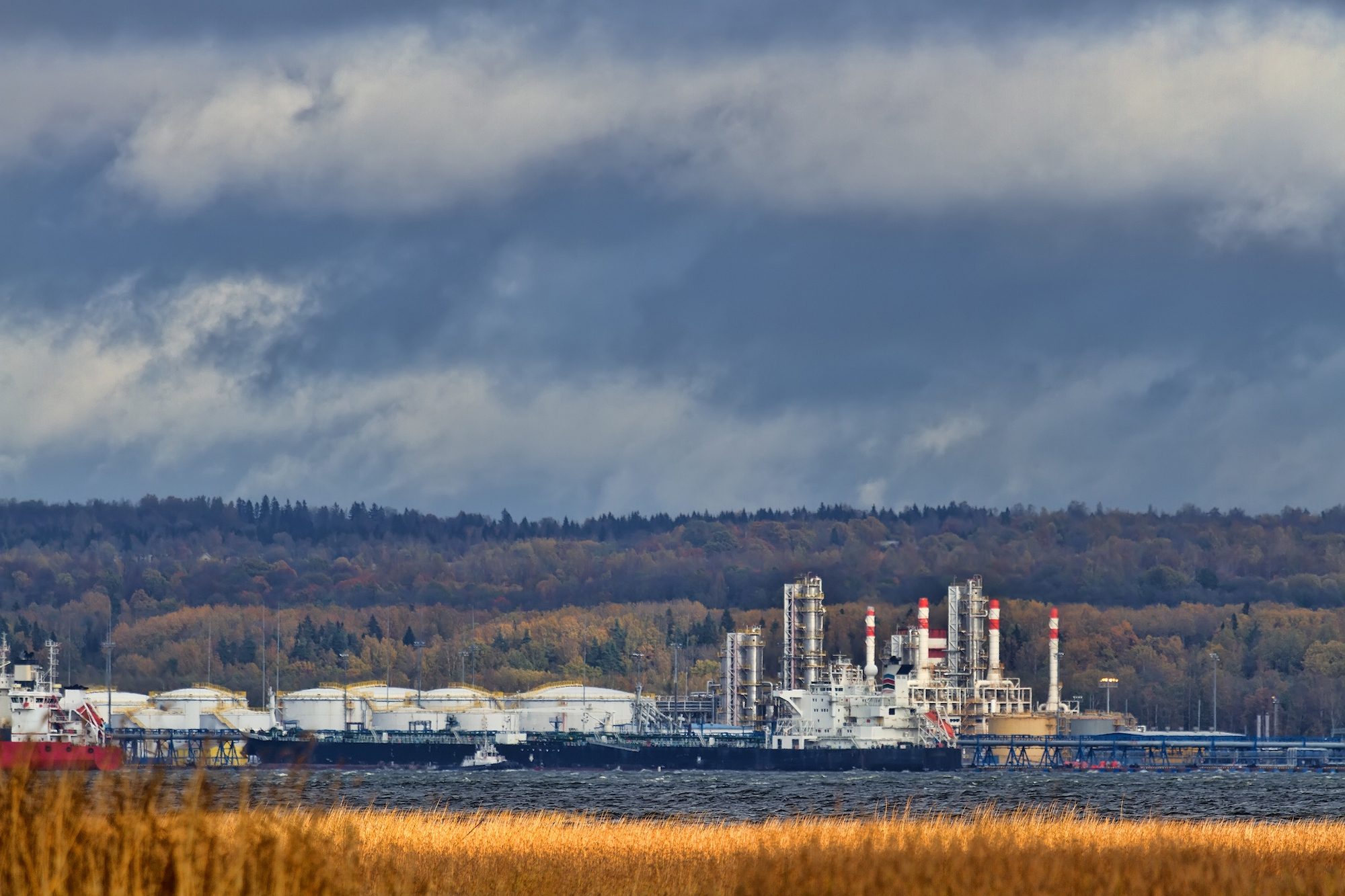By Mark Burton and Nguyen Dieu Tu Uyen (Bloomberg) On an industrial port about an hour’s drive toward the South China Sea coast from Ho Chi Minh City sit giant mounds of raw metal shrouded in black tarpaulin. Stretching a kilometer in length, the much-coveted hoard could be worth about $5 billion at current prices.
In the esoteric world of aluminum, those in the know say the stockpile in Vietnam is the biggest they have ever seen — and that’s in an industry that spends a lot of time building stockpiles while analysts spend a lot of time trying to locate them. But as far as the increasingly under-supplied market is concerned, it’s one that may never be seen again.
Related Book: Elements: A Visual Exploration of Every Known Atom in the Universe by Theodore Gray
Why it’s unlikely to move anytime soon involves Vietnam’s customs authorities. How its existence has become so significant, meanwhile, opens a window on a ubiquitous, yet erratic commodity at a time when makers of everything from car parts to beer cans are competing for more of it as they emerge from the coronavirus pandemic and China throttles supply.
While there used to be millions of tons of aluminum at ports from Detroit and New Orleans in the U.S. to Rotterdam in Europe and Malaysia’s Port Klang, market watchers say the stockpile 50 kilometers (31 miles) from Vietnam’s biggest city is likely the only notable one left.
To put it in perspective, it’s equivalent to the entire annual consumption of India, the world’s second-most populous country, said Duncan Hobbs, a London-based analyst at commodities trader Concord Resources who has been covering metals markets for 25 years.
“We’re seeing the deepest deficit in the world market in at least 20 years, and this stockpile would not only fill that deficit, but it would leave you with something left over as well,” he said.
The hoard was seized as part of a U.S.-led anti-dumping investigation in 2019 focusing on a Chinese billionaire. The Vietnamese authorities say it was accumulated from China by Global Vietnam Aluminium Ltd., known as GVA. They haven’t concluded their investigation, though the initial probe into GVA was dropped because of a lack of evidence.
The 1.8 million tons of aluminum remains in storage under the watchful eye of security guards, with only tiny amounts released to GVA for its production line, according to an official in Vietnam’s general customs department. The company couldn’t be reached for comment. Part of the region has been in strict lockdown because of Covid-19.
The blistering rally in prices means the value of the metal has risen more than 50% since it was impounded. If the stockpile ever started moving, the impact could be seismic. It would be more than enough to erase a global deficit that has emerged in the aluminum market this year, and a fire sale could send prices crashing.
Yet CRU, one of the key consultancies that the industry relies on to keep track of stockpiles in the world’s biggest base-metal market, has now removed the Vietnamese stockpile from its inventory estimates. The London-based firm reckons some of the metal is more than 10 years old and would likely have to be sold as scrap anyway.
“Normally stocks are available for the right price, but one of the issues with this material is that it’s not entirely clear under what circumstances it would become available,” said Ross Strachan, senior aluminum analyst at CRU in London. “There’s little evidence that the Vietnamese stocks should provide any solace for consumers.”
What the piles of metal can offer is a reminder of the aluminum market’s turbulent recent history. The interest in the unreachable hoard reflects the metal’s watershed moment as an era of oversupply gives way to shortfalls because of Chinese curbs on production to reduce emissions.
Aluminum traders spent much of the past decade fretting that a colossal glut built up in the global financial crisis could flood back to the market and suppress already weak prices.
Detroit carmakers, for example, drastically scaled back purchases while producers carried on pumping out the metal in the hope of knocking out competitors. More than half of producers globally were losing money, but for many the huge costs involved in turning off their smelters would have been even greater. So — month by month — the surfeit of unwanted metal grew.
Then, in stepped banks and trading houses. Their plan was to make money by buying up the surplus and locking it away for the leaner years. As the global economy started to recover in the early 2010s, manufacturers including Coca-Cola and MolsonCoors found themselves short of aluminum when mountains of the metal sat at major ports around the world.
Read More: Aluminum Stash Visible From Space Turned to Gold for Trader
Eventually, the metal was drip-fed back into the market as demand rebounded and even as recently as last year the industry was comfortably supplied. In the early stages of the pandemic, it looked like the market would once more be swamped.
Now, with demand roaring and China curbing supply, the consensus view is that the outlook has never looked brighter for prices while the mountains of aluminum are vanishing just when manufacturers need them most.
“Stocks have been drawn down at a very fast pace, in a way that no-one was prepared for,” said Kamil Wlazly, a senior metals analyst at Wood Mackenzie in London.
Away from Vietnam, the industry’s passage into scarcity is plain to see at other major industrial ports around the world. Satellite imagery shows a massive stash in New Orleans owned by Castleton Commodities has been drawn down, shipped into consumers in the U.S who have had to cough up more for their aluminum since President Donald Trump imposed tariffs on imports from China and elsewhere.
A sizable stockpile in Malaysia’s Port Klang also vanished in 2019, at around the same time as customs data showed a spike in shipments from the country to Vietnam.
Despite Malaysia’s relatively modest standing as an aluminum consumer, Port Klang has also become the largest storage point in the London Metal Exchange’s warehouse network, but those reserves are declining fast as well.
LME depots in Detroit and the Dutch port of Vlissingen are now virtually empty, having held more than 3.5 million tons at the peak of the warehousing by banks and traders. It’s a similar story in Rotterdam, which used to hold millions of tons of metal in LME depots and private warehouses.
But the situation is arguably most severe in China, where total inventories across the entire country now stand at about 1.2 million tons, equating to two weeks worth of demand, according to estimates from research group AZ China.
The most striking sign of the growing shortage can be found in the country’s trade data, which shows how the world’s top producer is now becoming a net importer of aluminum as cuts to domestic output intensify. After flooding the global market with metal for years, China is now driving a rapid drawdown of the world’s aluminum reserves.
“For China — for the sheer size of this country — if the Vietnamese stockpile could go back, it would be easily absorbed,” said Wlazly. That stash, though, remains tantalizingly out of reach.
By Mark Burton and Nguyen Dieu Tu Uyen, With assistance from Jeremy Diamond and Winnie Zhu. © 2021 Bloomberg L.P.

 Join The Club
Join The Club











